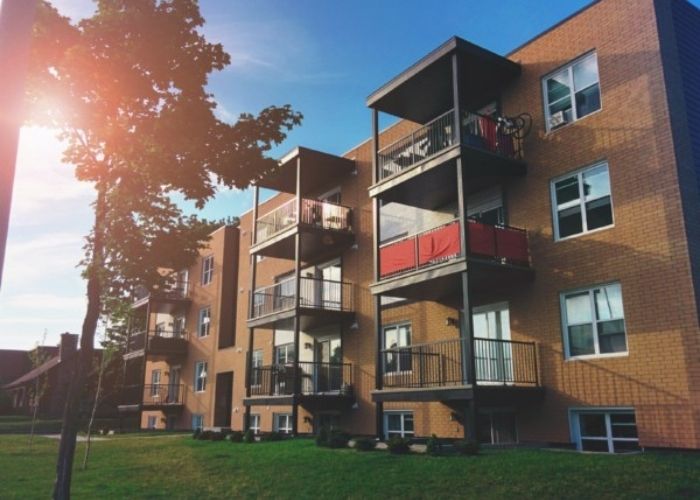There is no one singular solution to Utah’s Housing Crisis. Rather, the Kem C. Gardner Policy Institute has identified five “best practices” for meeting the housing affordability challenge in Utah. This article will explain what preservation programs are and what incentives encourage their growth.
A vital part of closing the housing gap is preserving affordable housing options that already exist. The Department of Housing and Urban Development, also known as HUD, is responsible for many national policies and programs that address America’s housing needs, and Utah is no exception. Affordable housing often exists within certain programs and under certain parameters, so understanding what those programs are is important.
Affordable housing preservation programs usually, but not always, target privately owned subsidized rental housing. The subsidies most often include HUD’s Project-Based Rental Assistance (PBRA) program and the Low-Income Housing Tax Credit (LIHTC) program. Privately owned subsidized rental properties are required to remain affordable for a specific period, depending on the program.
Once the time requirement has expired, the property owner has three options:
- Renew the original subsidy;
- Secure a different subsidy that maintains the property’s affordability;
- Or, opt out of the subsidy program.
Opting out almost always leads to a loss of affordable units as rents at the once-affordable project are increased to near market-rate levels. In high-rent markets, owners of subsidized rental properties have a strong incentive to opt out when their subsidy expires.
When a property owner opts out of the program, the housing market suffers a loss of affordable units. Unfortunately, high-rent markets provide owners of subsidized rental properties a strong incentive to opt out when their subsidy expires, and Utah is currently experiencing a very high-rent market. In order to retain existing affordable housing, we must collaborate with owners of affordable housing projects, non-profits and for-profit developers, Housing and Urban Development, and Utah Housing Corporation to incentivize the preservation of this affordable housing.
Progress on the housing crisis needs continued state and civic leadership. Without it, today’s children, Utah’s next generation, will face an even greater scarcity of affordable housing and more burdensome housing prices. Supporting housing preservation is one of the first steps to ensuring that all Utahns can afford a safe home in our great state.
As businesses, you can play a role. We will be sharing videos from trusted community partners that we encourage you to share widely — along with articles and blog posts with vital information on the housing crisis each Utahn now faces. Together, we will work to close the gap and ensure that we — and our children and grandchildren — can continue to access safe and affordable housing in our great state.
*If you would like to share your story of how the housing crisis is affecting your business, please reach out to Ginger Chinn, Vice President of Public Policy at gchinn@slchamber.com.


